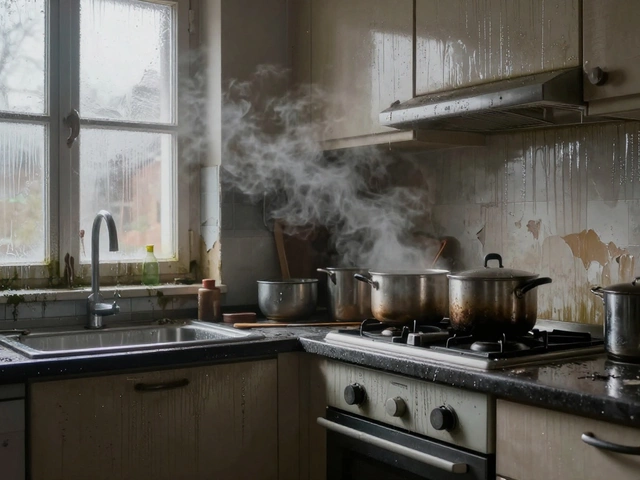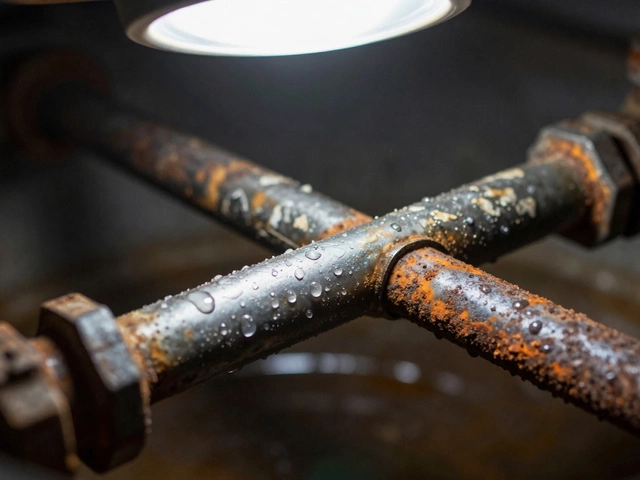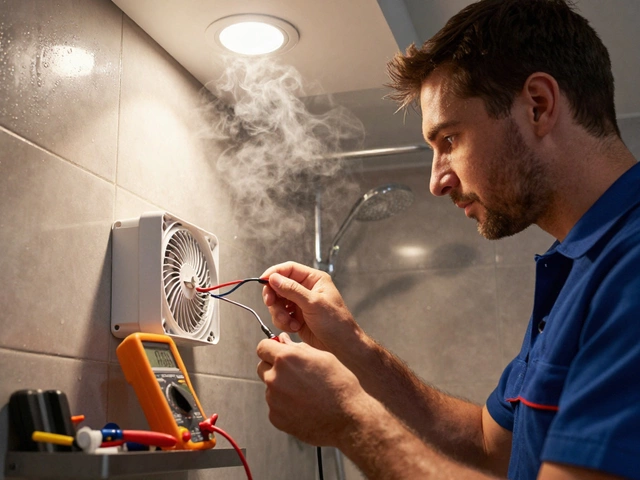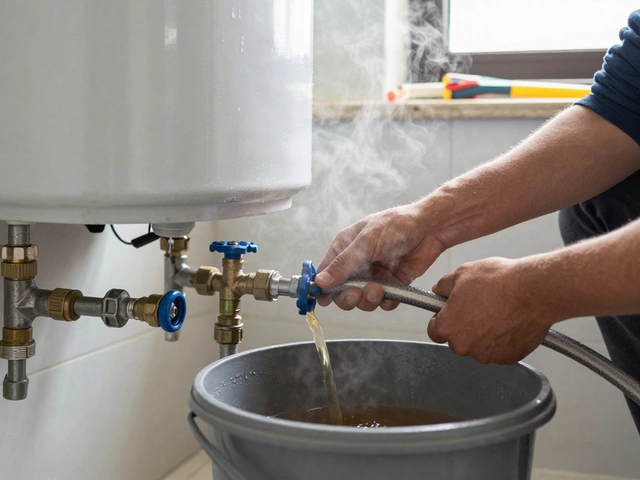Appliance Descriptions: Simple Guides for Fixing Your Home Gear
Ever stare at a broken oven or a silent fridge and wonder what’s wrong? You’re not alone. Most households own a mix of appliances that each have their own quirks. This page pulls together short, practical write‑ups for the most common devices, so you can recognize trouble spots fast and decide if a DIY fix or a pro call is best.
What You’ll Find on This Page
We’ve gathered articles that cover everything from electric stoves to heat pumps. Each piece explains the main parts that fail, tells you how to test them, and gives a rough idea of repair costs. For example, the oven element guide shows how to spot a burnt coil and whether a simple replacement will save you money. The refrigerator article points out why compressors are the pricey part of a repair and when a sealed‑system fix makes sense. You’ll also see quick checklists for microwaves, dishwashers, washers, dryers, boilers, and even extractor fans.
All the posts are written in plain language, no jargon. If you’re comfortable with a screwdriver, you’ll find step‑by‑step tips that let you troubleshoot safely. If the fix looks too big, the guides give clear signs that it’s time to call a qualified technician. This helps you avoid wasted trips and unpleasant surprises on the bill.
How to Use These Guides
Start by identifying the appliance that’s giving you trouble. Click the title that matches – say, “Oven Element or Thermostat Broken?” – and read the symptoms list. Most guides begin with a quick safety check: unplug the unit, turn off water or gas supplies, and verify the power is off. After that, you’ll get a simple test you can do with a multimeter or a visual inspection.
When the guide tells you a part is likely bad, note the estimated repair cost. If the number is close to the price of a new appliance, you’ll probably want to replace it. If the cost is low and the part is easy to swap, the DIY steps will walk you through removing the faulty component, ordering a replacement, and reinstalling it.
Keep a notebook of any error codes or odd noises you hear. Those details make it easier for a professional to diagnose the problem if you decide to call someone. And remember, regular maintenance — like cleaning a dryer lint trap or defrosting a freezer — can stop many issues before they start.
Whether you’re a seasoned handyperson or just curious about why your dishwasher won’t drain, these appliance descriptions give you the confidence to act. Scan the list, pick the right article, and you’ll have a clear path forward in just a few minutes.
Got a question that isn’t covered? Feel free to reach out to a local repair service. They can offer a quick phone diagnosis or schedule a visit, saving you time and hassle.
Bottom line: knowing the most common failure points of your home gear lets you decide fast, spend wisely, and keep the household running smoothly.
5 July 2025
·
0 Comments
Unsure how to describe an appliance? Learn what details matter, common mistakes, and essential features to mention for clear and useful descriptions of any home appliance.
Read more






